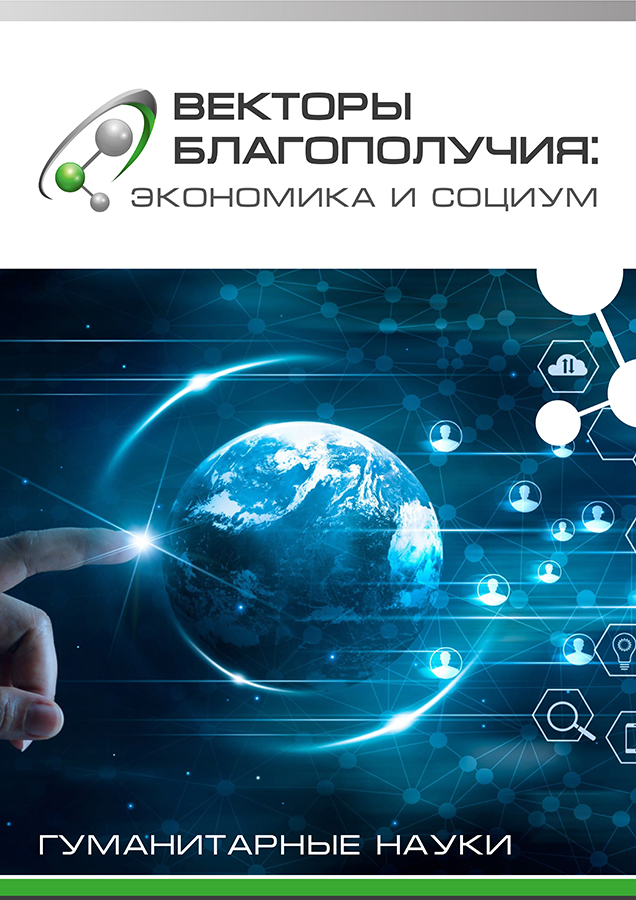Vol. 52 No. 3 (2024): Published September 30, 2024
DOI https://doi.org/10.18799/26584956/2024/3/1903
Identity in a visualized society: features of formation
The article is devoted to the problem of human identity in the modern socio‐cultural space. This problem is actualized in the middle of the 20th – early 21st centuries, when the development of technologies, including information and communication ones, became a trigger that changed the idea of identity formation and its further implementation as a static and/or dynamic construction. Using philosophical, hermeneutic and comparative analysis methods, the authors have revealed that identity ceases to be static and in the post‐industrial (post‐ technical) society it becomes fluid, diffuse and modeled. At the same time, the dominant locus of identity perception and its transmission becomes external, visual, which is associated with transaestheticization, capitalization of the image and lifestyle, marketing and symbolic strategies, initially applicable to the product, and then moving to the representative and communicative plane of human existence. The authors come to the conclusion that it is through the visual that the actualization of a person’s identity occurs both for oneself and for another/others (presentative level).
Ключевые слова:
идентичность, визуальность, модули идентичности identity, visuality, identity modules

